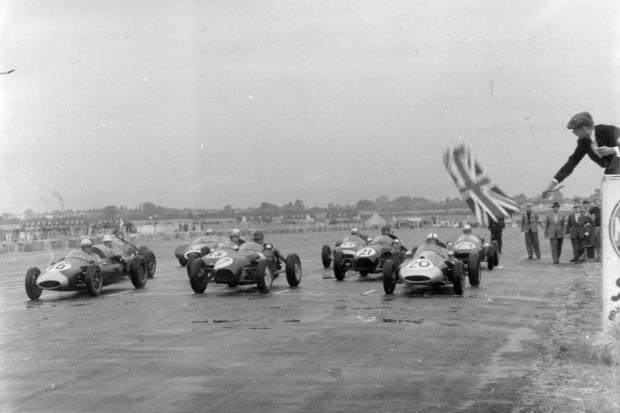
One of my favourite books of last year was Motorsport Explorer, a comprehensive list of UK competition venues past and present compiled by Julian Hunt. It was the lost circuits and hillclimbs that most interested me, particularly the ones in and around my hometown of Bristol.
Thanks to local enthusiast Pete Stowe's excellent website, I had already discovered that there was a sprint held on 22 May 1937 near my house – at the bottom of the road, in fact.
Bamfield now enables traffic to travel between Airport Road and Whitchurch Lane but, at the time, it was merely a private access-way to what was then Bristol Airport. This meant that it could be used for motor racing, the sport having been banished from Britain's public roads in 1925.

It still follows the same route today as it did in 1937. The sprint ran north from the Whitchurch Lane end, through a right-hander, then a longer left before the finish line just beyond a right kink. The entire course was only 750 yards long, with spectators permitted down the left-hand side only. The one-shilling enclosure gave a view of the second half of the track; if you forked out 2s/6d you could see the start and the first right-hander.


